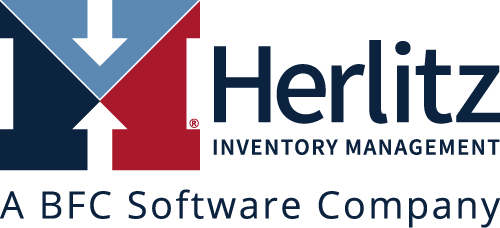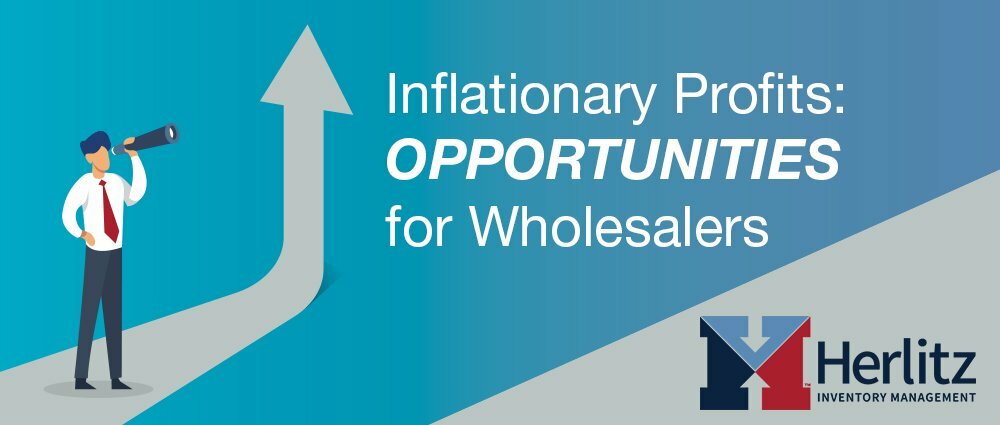In the past 12 months, we published two blog posts titled Inflation is Back Up – Are you Ready? and Use Forward Buying to Gain Profit During Inflation, which explore the benefits of inflationary profits for wholesalers. One of our customers even called this period “a chance of a lifetime.” That was when Janet Yellen and the Fed thought inflation would be “transitory.” Her prediction did not age well.
Compared to the 13-year high inflation of the 1970s and early 1980s, this inflationary period is still very short. Nevertheless, inflation is always a shock to the system when we are not used to it. The Fed’s rate hike on June 15th of .075, the largest since 1994, is another shock to the system.
Some claim that price gouging is a root and significant cause of inflation today, but as a New York Times article by German Lopez points out, “Covid disrupted supply chains globally. Russia’s invasion of Ukraine caused another wave of disruptions, particularly in food and energy. The stimulus bills left people with a lot of extra cash, and many Americans spent it. That prompted too much demand for too little supply, so prices increased.”
Larry Summers also stated in a recent interview that the cause of the long-term inflation of the 70s was the vicious cycle of high inflation pumped up by high wage growth. Summers stated “my view is that it’s best to think of wage inflation as a core measure of inflation. Ultimately costs go back to wages. And if wage growth is high, it’s hard to see how you’re going to have enduringly low inflation. And if wage growth is low, it’s hard to see how you’re going to have enduringly high inflation.”
This goes without saying, but Inflation isn’t good for an economy long term. However, you may hear some, including myself, particularly in the wholesale or manufacturing space talk about inflationary profits. So, what are inflationary profits? Why do they happen? As wholesalers, do we have a moral obligation to act in a certain way? Can we avoid inflationary profits even if we wanted to? What opportunities open up as we move from short-term to a longer period of inflation?
What is Inflationary Profit?
Here is a quick example; if a company buys a widget in January and it costs $1.00 and they have a 5% markup, they sell it at $1.05. If there is a 7% price increase in the market in February, the widget will now cost the company $1.07. With that same 5% markup, the new sales price for the consumer is $1.12 instead.
If the timing was perfect and the last widget bought at $1 is sold the day before the first item bought at $1.07 is received, and the sales price was adjusted the same day, then there is no inflationary profit.
Forward Buying: How Wholesalers Gain Inflationary Profits
In the real world, the timing in the example above is very rarely perfect for a few reasons. Most wholesale operations have safety stocks in place. Often, they also need to buy more than one month’s supply of inventory to meet minimum order quantities. As a result, there will usually be some product left over that was bought in the previous month that won’t be sold until the current month.
Returning to our widget example, the wholesaler will have inventory on hand that was purchased in January but won’t be sold until February. At this point, the sales price has already been adjusted to the $1.12 value. That means the widgets purchased in January now have a margin of 12 cents, or 12% instead of the normal 5% markup. The 7% difference is the inflationary profit.
What I have been strongly advocating for is that organizations capitalize on this phenomenon by buying well in addition to their normal needs so that the product they bought in January might still be around to sell in April, and perhaps the market will have seen more than one market-driven price increase in that timeframe. We call this buying forward.
Should Inflationary Profits Always be Maximized by Wholesalers?
In contrast to my two previous blogs about how wholesalers should take advantage of inflation to buy forward as much as possible, now that we see this inflationary period dragging on longer, other opportunities present themselves.
As stated previously, it is close to impossible for the timing to be perfect and for wholesalers to never receive inflationary profits. Organizations can, however, limit their inflationary profits and “share the wealth” yet gain elsewhere. In some sectors, there is perfect tracking of lots and pricing through the warehouse. But even with that, it isn’t practical to invoice a customer for multiple prices for the same item if their order spans two differently priced lots (8 cases for $1.05 and 4 cases for $1.12, for example).
Most industries don’t have anything close to this level of inventory tracking. So, what can they do if they feel like they want to help the consumer?
The most common practice that I hear about is that under normal economic conditions regarding price increases or manufacturer/vendor temporary price reductions, the wholesale organization delays increasing the price for a week or two. I’m not suggesting they sell at a loss. Rather, if they have forward-bought inventory, this is a great way to help others further down the chain. If a wholesaler chooses this method and appropriately communicates it to the market, they will likely gain a slight competitive advantage along with goodwill and increased customer loyalty.
In conclusion, there are advantages to not taking the whole cookie. Nobody should ever feel the need to apologize for being opportunistic as supply and demand-driven forces fluctuate. What I’m suggesting is that we shouldn’t be too singularly focused on only maximizing inflationary profits since there are other benefits one can take advantage of.

